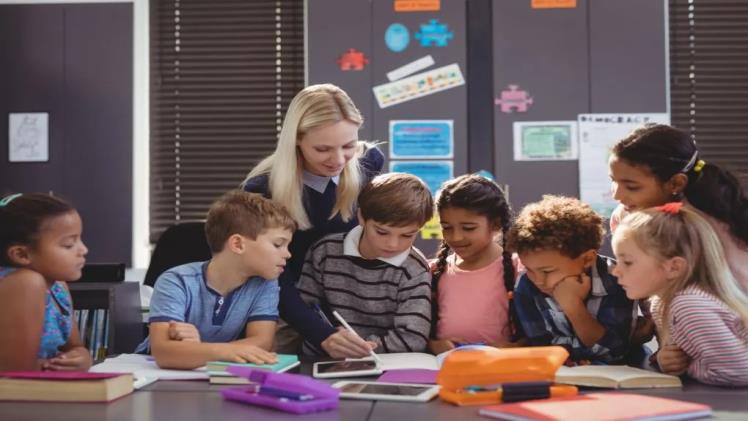How Inclusive Education Can Be Implemented in a Classroom

Inclusive education is a teaching approach that guarantees all students the chance to learn and develop, regardless of their abilities, socioeconomic background, ethnicity or cultural heritage.
In schools around the world, inclusive education is being implemented in many different ways. These practices can be integrated into general classrooms or specific subject areas. In this article we’ll look at some key ideas that can be utilized in these spaces to create a safe and welcoming learning environment for all children.
Please visit for more information: SW418 Login
1. Classroom educators may collaborate and pool resources.
When teachers and support staff collaborate, they are able to offer the most effective and appropriate learning opportunities for all students in their classroom – especially those with disabilities that require specialized services and supports. This collaboration is especially crucial when providing services and supports that meet individual needs.
2. In an inclusive classroom, educators can collaborate to develop individual plans that are included in each student’s Individualized Education Plan (IEP).
With an Individualized Education Plan (IEP), students can ensure they receive the best educational experience at school. This may include access to the same curriculum and resources as other students, extra support services, a classroom teacher who works closely with their special education teacher, and even a co-teaching partnership that helps both educators understand each student’s needs and how best to meet them.
3. The classroom teacher collaborates with the specialized teacher and other special educators to craft an instructional plan that meets the student’s objectives, which is documented in their IEP.
4. A specialized teacher may be present in the classroom for part of the day or they might provide individualized instruction outside the classroom setting.
5. A specialized teacher may also be part of the general education classroom at other times during the day.
6. A specialized teacher can utilize their expertise both inside the classroom and beyond to offer students with disabilities the best educational experience.
7. In certain instances, specialized teachers can also serve as regular members of the general education classroom to help students with disabilities learn and develop in their own unique way.
8. In addition, specialized teachers can collaborate with general education teachers and other teaching assistants to provide assistance to students with disabilities.
9. A specialized teacher may also serve as a therapist or social worker who can cater to the learning needs of students with disabilities.
10. A specialist teacher may serve as a mentor, helping other educators hone their own abilities in inclusive education.
11. Teachers may need to adjust their instructional methods throughout the year in order to accommodate students with disabilities and those not in an inclusive classroom setting.
This transition from traditional classrooms to inclusive ones should not be overlooked. By comprehending both the benefits and challenges associated with inclusion, teachers can create an environment in their classroom that promotes academic success as well as social development. Furthermore, this helps build trust between students and educators – which is essential for both parties’ success.
